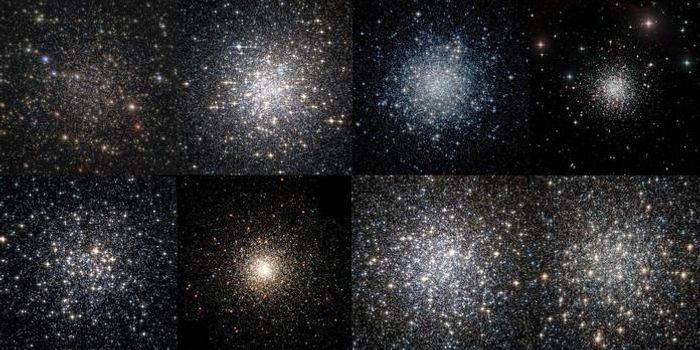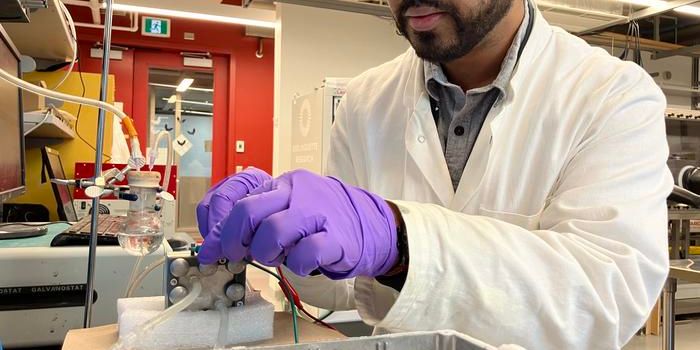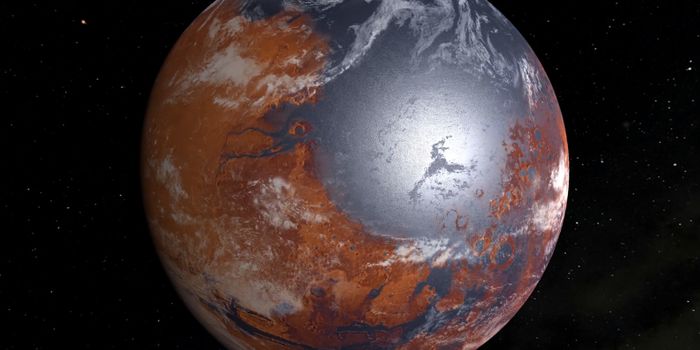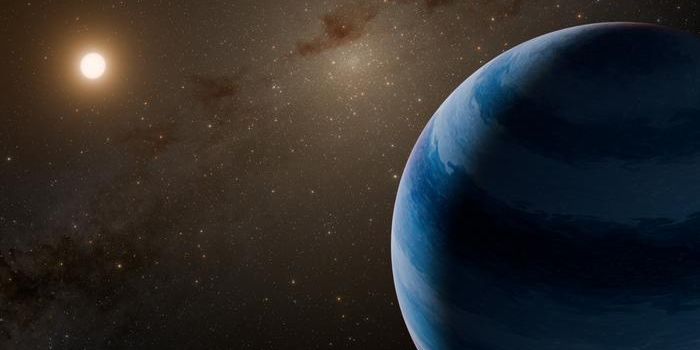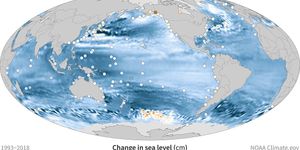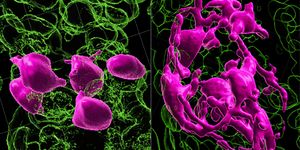NASA's Webb Telescope Observes Formation and Evolution of the Universe's First Galaxies
What did galaxies look like in the early universe and how did they form and evolve over time? This is something that NASA’s James Webb Space Telescope (JWST) hopes to reveal as it recently observed a small cluster of seven galaxies that scientists estimate existed approximately 650 million years after the big bang. The study based on these observations have been published in Astrophysical Journal Letters and states these small galaxies have the potential to grow over time and mirror what’s known as the Coma Cluster, which is has a diameter of several million light-years.
Seven galaxies observed by the James Webb Space Telescope have been estimated to have existed approximately 650 million years after the big bang. (Credit: NASA, ESA, CSA, T. Morishita (IPAC). Image processing: A. Pagan (STScI))
“This is a very special, unique site of accelerated galaxy evolution, and Webb gave us the unprecedented ability to measure the velocities of these seven galaxies and confidently confirm that they are bound together in a protocluster,” said Dr. Takahiro Morishita, who is an assistant scientist at IPAC-California Institute of Technology, and lead author of the study.
For the study, the researchers not only gathered data on the observed galaxies but were able to create theoretical models of how they might look as they continue to evolve, including up to the present day. By calculating the speed of the speed of the galaxies, which are estimated to be approximately two million miles per hour, they were able to conclude the observed galaxies could mirror the Coma Cluster.
“We can see these distant galaxies like small drops of water in different rivers, and we can see that eventually they will all become part of one big, mighty river,” said Dr. Benedetta Vulcani, who is an astronomer at the National Institute of Astrophysics in Italy, and a co-author on the study.
What makes galaxy clusters so intriguing to study is their ability to produce an astrophysical phenomenon known as gravitational lensing through the cluster’s warping of spacetime itself. Gravitational lensing acts as a sort of cosmic magnifying glass and allows astronomers to view objects behind them as the light bends around the lens.
While the seven galaxies were observed thanks to the enormous power of JWST, their data was first examined by NASA’s Hubble Space Telescope during its Frontier Fields program, which allowed Hubble to observe distant objects using gravitational lensing. The one drawback is Hubble can’t observe objects beyond near-infrared light, which JWST can do.
Going forward, the researchers plan to use a combination of JWST and NASA’s Nancy Grace Roman Telescope to collect more data on galaxy clusters of the early universe, with Roman having the ability to observe objects in infrared 200 times better than Hubble with JWST hoping to confirm these findings with follow-up observations.
“It is amazing the science we can now dream of doing, now that we have Webb,” said Dr. Tommaso Treu, who is a professor at UCLA and specializes in galaxy formation and evolution, and a co-author on the study. “With this small protocluster of seven galaxies, at this great distance, we had a one hundred percent spectroscopic confirmation rate, demonstrating the future potential for mapping dark matter and filling in the timeline of the universe’s early development.”
What new discoveries will JWST make about the early universe in the coming years and decades? Only time will tell, and this is why we science!
Sources: The Astrophysical Journal Letters, NASA
As always, keep doing science & keep looking up!




